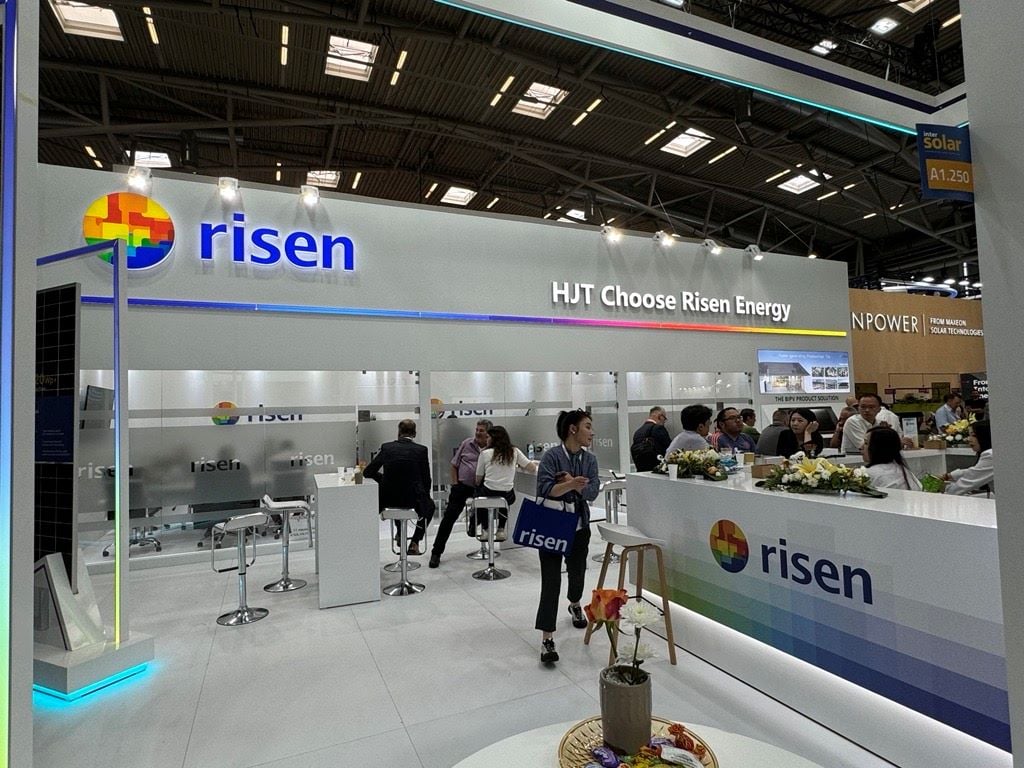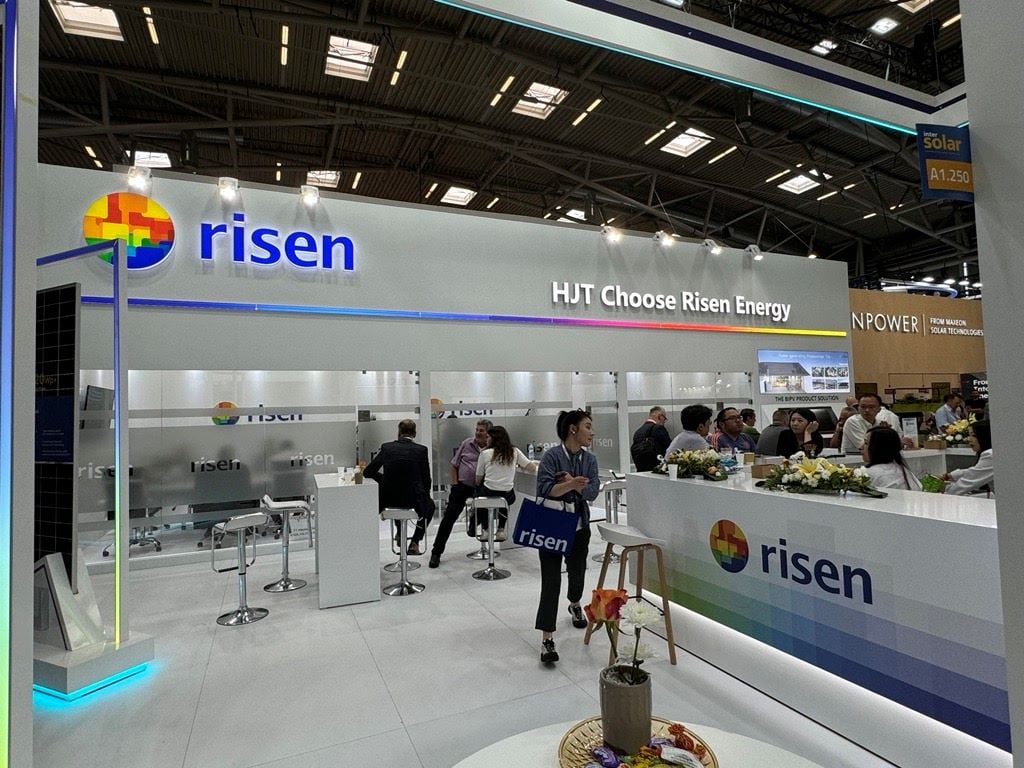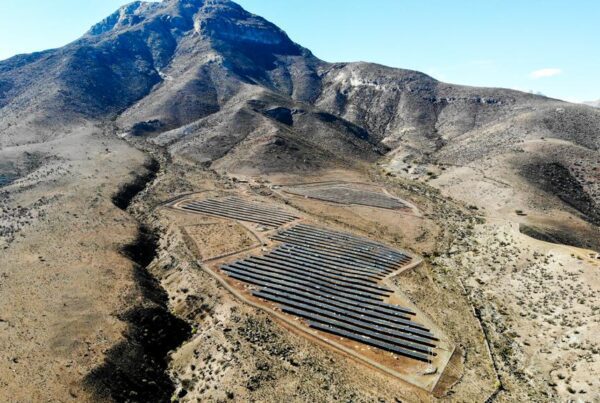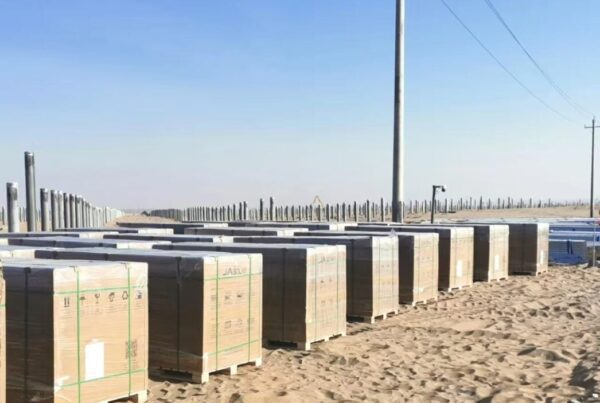
“We’re targeting >27% cell efficiency and 790W+ monocrystalline modules within three years,” said Dr Yang Pochuan, dean of Risen’s global PV research institute, looking ahead to the next few years. “Our perovskite tandem tech will enable 850Wp+ mass production by 2028, advancing the world’s net-zero transition with ‘China Solutions’”.
Risen’s forecasts are broadly in line with those published by German engineering association VDMA earlier this year. In the latest edition of its International Technology Roadmap for Photovoltaic (ITRPV), the association expects silicon-based tandem solar cells and modules with an efficiency of 27% to enter commercial production in 2027.
The company noted that its newest modules have a temperature coefficient of -0.24%/degree Celsius, and delivered 4.09% higher power output than tunnel oxide passivated contact (TOPCon) modules when tested at a site in Saudi Arabia. Strong performance in desert environments, in particular, is significant considering the growing interest of many leading Chinese companies in deploying modules in regions such as the Middle East.
In 2024, industry leaders GCL-Tech and Jinko Solar were just two of many Chinese companies to announce new projects in the region, and this year, Shanghai Electric announced plans to build a 2GW solar project in Saudi Arabia with UAE state-owned renewable energy company Masdar. Indeed, Risen noted that its Hyper-ion Pro modules have recorded a 6% increase in energy output in Saudi Arabia, the UAE and other “high-irradiation regions”.
This growing interest in the Middle East is perhaps motivated by growing anti-China sentiment in the US. While the government passed a version of the tax reconciliation bill without a tax on projects that rely on materials supplied by so-called “foreign entities of concern” (FEOC) – widely understood to refer to China – president Trump’s appetite for imposing tariffs on products imported from overseas has impacted the financial viability of selling Chinese solar modules to US deployers.






